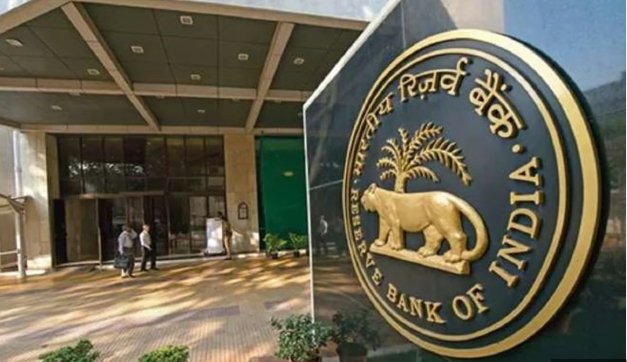RBI Approves Highest-Ever Dividend Of Rs 2.11 Lakh Crore for Government
A record amount of Rs 2.11 lakh crore has been approved by the Central Board of the Reserve Bank of India (RBI) as the surplus payment to the Central Government for the accounting year 2023–24. This large transfer goes above and beyond what was planned in the budget and what the market thought would happen. It sets a new standard for the RBI’s financial payments to the national treasury.
Comparison with Previous Years and Market Expectations
Based on past data and what the market thought would happen, the surplus shift for this time period was thought to be around Rs 1 lakh crore to Rs 1.1 lakh crore. So, the allowed amount is twice what was expected and a big jump from previous years. The transfers of Rs 87,416 crore in 2022–23 and Rs 30,307 crore in 2021–22 show how different the two amounts are. This sudden rise in surplus transfers will ease fiscal pressures, which could lower the fiscal deficit for FY 2025 by around 0.2% of GDP. According to the Interim Budget, the government wants to cut the budget deficit from 5.8% of GDP in FY24 to 5.1% of GDP in FY25. This new development helps them reach their lofty goal.
Factors Contributing to Surplus Increase
Several things have led to this huge cash gain. The RBI’s income from variable repo rate (VRR) sales has gone up because more people are taking part, even though banks are having trouble getting cash. The RBI’s earnings have also been helped by higher interest rates on both domestic and foreign securities and gains from revaluing foreign exchange funds.
More About RBI surplus transfer
- RBI’s Surplus Transfer to the Government: The Reserve Bank of India (RBI) annually transfers its surplus, which is essentially the central bank’s profits, to the government. This surplus primarily comes from the interest on loans and securities held by the RBI.
- Bimal Jalan Committee’s Recommendations: The distribution of the surplus follows the guidelines set by the Bimal Jalan Committee, which reviewed and revised the Economic Capital Framework in 2019. The committee’s recommendations aim to balance the RBI’s financial resilience with the fiscal needs of the government.
- Impact on Fiscal Deficit: The RBI’s decision on surplus transfer significantly affects the fiscal deficit of the Indian government. For instance, in the fiscal year 2021-22, the RBI announced a surplus transfer of Rs 30,307 crore, a notable decrease from the Rs 99,122 crore transferred the previous year. This variability is influenced by changes in the RBI’s income and its monetary policy operations.
More About variable repo rate (VRR) auctions
Central banks, like the Reserve Bank of India (RBI), use variable repo rate (VRR) bids to control the amount of cash in the banking system. The repo rate, which is the rate at which private banks borrow money from the central bank, can change during these auctions, which is different from fixed-rate repos. VRRs were created as a way to adjust the amount of cash in circulation. They help absorb or inject short-term excess liquidity, keep money market rates in line with policy rates, and are an important part of how banks handle overnight rates. The times between VRR sales can also be changed, from one night to 28 days, giving you more control over your liquidity. Since 2019, these bids have been used more often to improve the efficiency of money transfers and market changes.
Month: Current Affairs - May, 2024
Category: Economy & Banking Current Affairs






